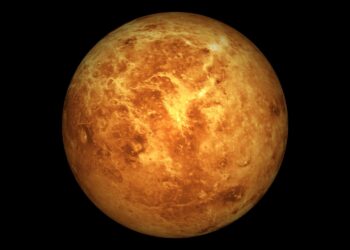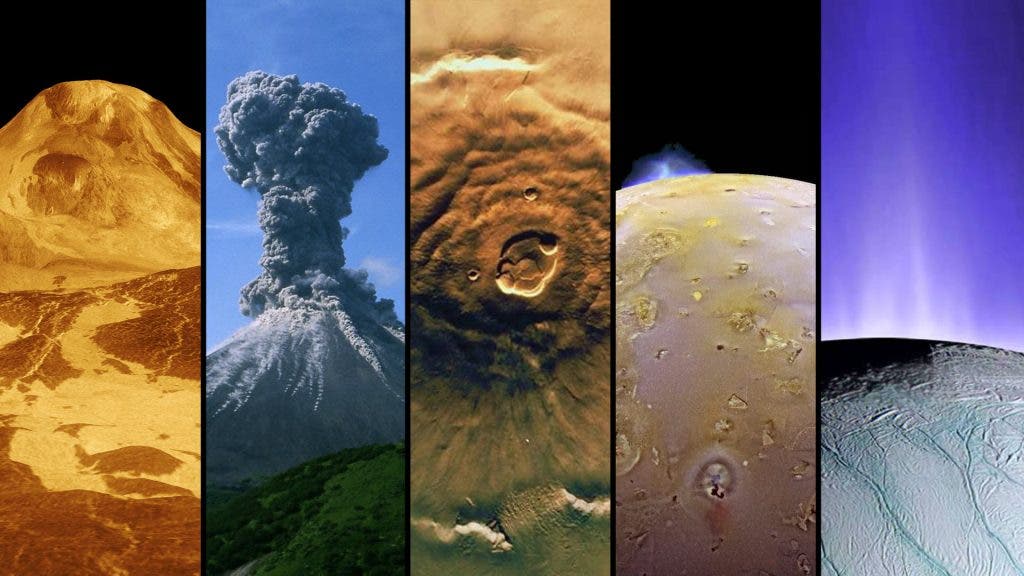
The expectations for life on Venus have gotten a little more possible in the past couple of years or so. In 2018, researchers put out a study that the atmosphere might just be favorable enough for microbial life. Later, in 2020, scientists found that phosphine, a gas associated with living organisms, could exist in the planet’s clouds. Now, a group of scientists is finding other ways that life could possibly exist in those clouds.
Researchers from the Massachusetts Institute of Technology, Cardiff University and Cambridge University have detected a chemical pathway by which life could counteract the planet’s acidic world to create a self-sustaining, habitable pocket in the atmosphere.
The temperature on the surface of the second planet from the Sun generally hovers around 847 degrees Fahrenheit (453 degrees Celsius), enough to melt lead. It has 167 volcanos that are over 60 miles (100 km) across. Sulfur dioxide and carbon dioxide levels are through the roof. The planet’s clouds blanket the planet in droplets of sulfuric acid caustic enough to burn a hole through human skin. Every lander sent to Venus has lasted minutes at most before melting or getting crushed by the harsh environment (and more probes are on their way). So, forgive one if they believe life as we know it might be hard to come by.
However, despite all of this, researchers have long been hopeful. This enthusiasm has especially been buoyed by puzzling anomalies with the planet’s atmosphere, like ammonia and small concentrations of oxygen and nonspherical particles, called Mode 3 particles, unlike sulfuric acid’s round droplets. By all accounts, ammonia, which was first detected in the 1970s, shouldn’t even be there since it isn’t thought to be produced through any chemical process known on Venus. So what gives?
The scientists attempted to find the answer by modeling a set of chemical processes to show that if ammonia is indeed present, the gas would set off a torrent of chemical reactions that would neutralize adjacent droplets of sulfuric acid and could also explain most of the variances observed in the planet’s clouds. As for the cause of ammonia itself, the authors recommend that the most likely justification is of biological origin, rather than a nonbiological source such as lightning or volcanic eruptions.
Essentially, life could be making its own environment.
“No life that we know of could survive in the Venus droplets,” says study co-author Sara Seager, Professor of Planetary Sciences in MIT’s Department of Earth, Atmospheric and Planetary Sciences. Seager was also an author in the 2020 Venusian phosphine study. “But the point is, maybe some life is there, and is modifying its environment so that it is livable.”
The team discovered that if life were generating ammonia in the most effective way possible, the correlated chemical reactions would naturally produce oxygen. Once present in the clouds, ammonia would dissolve in beads of sulfuric acid, essentially neutralizing the acid to make the droplets relatively habitable. Introducing ammonia into the droplets would alter their formerly round, liquid shape into more of a nonspherical, salt-like slurry. Once ammonia is dissolved in sulfuric acid, the response would trigger any neighboring sulfur dioxide to dissolve as well.
The existence of ammonia then could indeed account for most of the major anomalies seen in Venus’ clouds. The authors go further and explain that sources such as lightning, volcanic eruptions, and even a meteorite strike could not chemically generate the amount of ammonia required to explain the anomalies.
Life, however, might.






